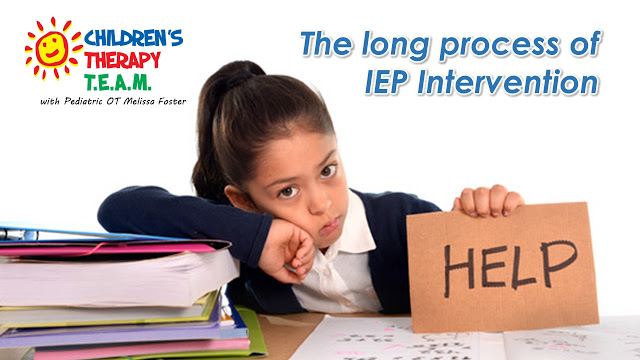My 8-year-old son has a diagnosis of ADHD and struggled academically much of last year in the first grade. He frequently has difficulties with attention and impulsive behavior. Now that second grade has begun, I see these same patterns occurring again, and I am afraid he is slipping even further behind. What can I do to help set him up for success in this new school year?
Not all students that have disabilities require a specialized plan to meet their academic needs. However, if you feel like the standard curriculum is not meeting your child’s needs, the time to act is now! The IDEA (Individual with Disabilities Education Act) was first enacted in 1975 to ensure that children with disabilities have the right to “free and appropriate public education.” The application of this law in practice is different for every single child in our public school system. Based on my experiences, the actual process is long and complicated and can stretch from many months to an entire academic school year. Here is a condensed and simplified version of how this works.
First contact
Set up a “fact finding” meeting with the teacher and/or school administration to begin to address what is working and what is not working. It is best if you can remain calm and collaborative. The school is here to help! In actuality, it can be the teacher who begins this process rather than the parent. If it is you, the parent, who is making this first contact, you can share ideas to help make this run more smoothly. I detailed ideas related to this in myEffective Parent Advocacy Blog.
Pre-referral
This is a screening process to determine if formal evaluation is required. This includes a teacher observing the child closely to document what actually is and is not working (rather than just theories that the parents and teachers had in the “first contact” meeting). It is also a time for the teacher to set up informal interventions to see if the child’s academic needs can be met with a few simple modifications. A more elaborate plan may not be necessary.
Referral
If the informal interventions by the teacher are unsuccessful, the child will be referred for special education services, and a formal assessment will be scheduled to determine where the child has specific strengths and difficulties.
Evaluation/Eligibility
Standardized assessments as well as classroom observations are completed by various members of the multidisciplinary team. These team members can include teachers, psychologists, occupational therapists, speech therapists, physical therapists, etc. The members of your child’s multidisciplinary team will vary depending on the initial concerns of the parents and teachers. These professionals look at these formal observations and scores to determine if a child meets the requirements for a “child with a disability” as defined by IDEA.
Development of IEP
This is where the fun begins! (Do you hear my hint of sarcasm!) As a private occupational therapist, I have attended many of these meetings with the parents of my kiddos, and they always are a bit overwhelming. We all sit in a big room with teachers, assistant principals, parents, school psychologists, and any other therapists that the school or parents could muster up. Sometimes these meetings are very cordial, and everyone is basically on the same page. Other times there is much heated debate. After the dust has settled and the discussion is over, a written document is produced to outline the team’s plan of action containing the recommended special services and environmental modifications. In addition, various goals for the child are set by the team to help ensure that the child’s progress is being properly monitored.
Implementation of the IEP
It does no good to simply create an IEP; it must be USED. Constant monitoring and communication are required to make sure that the plan spelled out in the IEP is carried out.
Re-evaluation of IEP
Yes, the IEP is simply a piece of paper, and yes it must be used, but what if things aren’t working? Even the best-laid plans can have some hangups. Or sometimes the plan works beautifully, and it is smooth sailing from here on out. Either way, an IEP is regularly reviewed, usually every year, with the entire evaluation process repeated every 3 years (depending on state/district). However, If things are NOT working as planned, a new IEP meeting can be called to allow changes to be made to the original IEP and then agreed upon by all involved parties.
Whew! That is a looooong process! What are you waiting for? Time is wasting!
In Northwest Arkansas, if you need extra support through the process don’t hesitate to contact my good friends at Arkansas Support Network.
Do you have a question you would like me to address?
Please don’t hesitate to share: www.share@childrenstherapyteam.com
Resources:
Effective Parent Advocacy, The Initial Steps, Children’s Therapy TEAM Blog with Melissa Foster, (Posted September 2015)
Steps in the IEP Process, Education.com, (Accessed August 2015)
A guide to the Individual Education Program, US Department of Education, (Accessed August 2015)
Arkansas Department of Education Special Education Unit (Accessed August 2015)
What is the Difference between IEP vs 504 Plans, University of Washington, (Accessed August 2015)

